Get PeakVisor App
Sign In
Search by GPS coordinates
- Latitude
- ° ' ''
- Longitude
- ° ' ''
- Units of Length

Yes
Cancel
Share ×

Scan the QR code and open PeakVisor on your phone
❤ Wishlist ×
Choose
Delete
Home to incredible cultural sites, a rich culture, dense rainforests, and rugged mountainscapes, Peru is a topographically diverse country located in the northeastern part of South America. The country is home to 21,478 named mountains, the highest and most prominent of which is Huascarán Sur (6,768m/22,205ft).
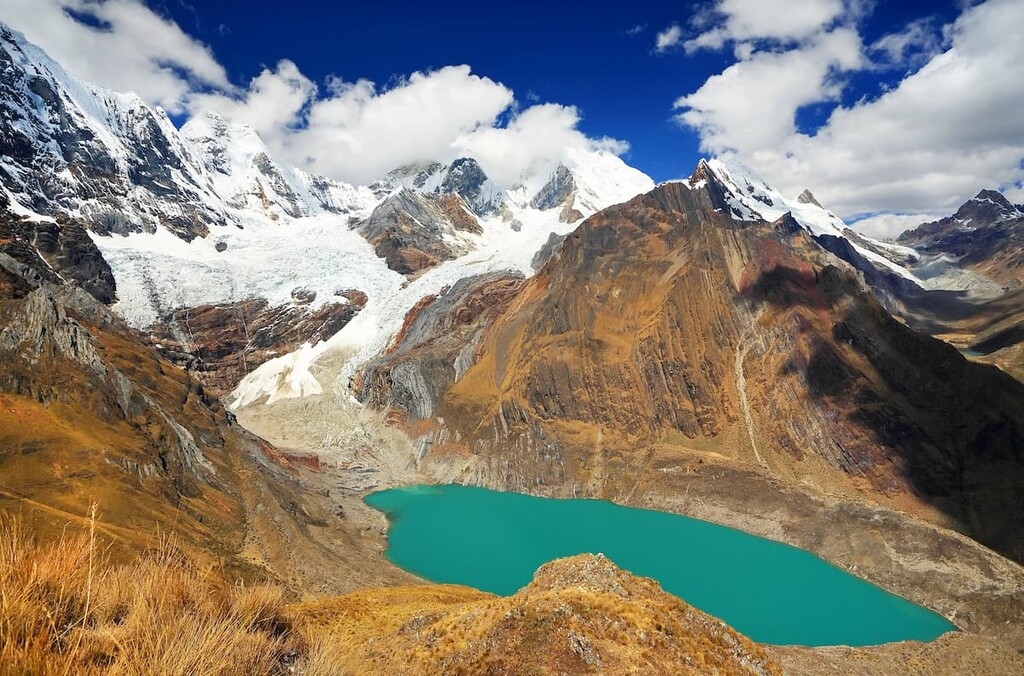
Located in northeastern South America, Peru (officially the Republic of Peru/República del Perú) is a stunning country with a rich cultural history. With a total land area of 1,285,216 square kilometers (496,225 sq. miles), Peru is the world’s nineteenth largest country as well as the third largest in South America, after Brazil and Argentina.
The country of Peru is located along the Pacific Ocean and it has a total coastline of 2,414 km (1,500 mi), though it shares its borders with a number of other countries. In particular, it is located to the south of both Ecuador and Colombia and to the north of Bolivia and Chile. Furthermore, Peru is located to the west of the Brazilian states of Acre and Amazonas.
Administratively, Peru is divided up into 25 official regions (regiones), which are the country’s first-level administrative subdivisions. There were previously 24 departments (departamentos) in the country, though these were reorganized in the early part of the twenty-first century to form regional governments.
That being said, Peru can be categorized into three general geographic regions: the Coast, the Andes, and the Amazon Basin. Each of these geographic regions has its own unique topographical characteristics and its own set of excellent hiking and outdoor recreation areas.
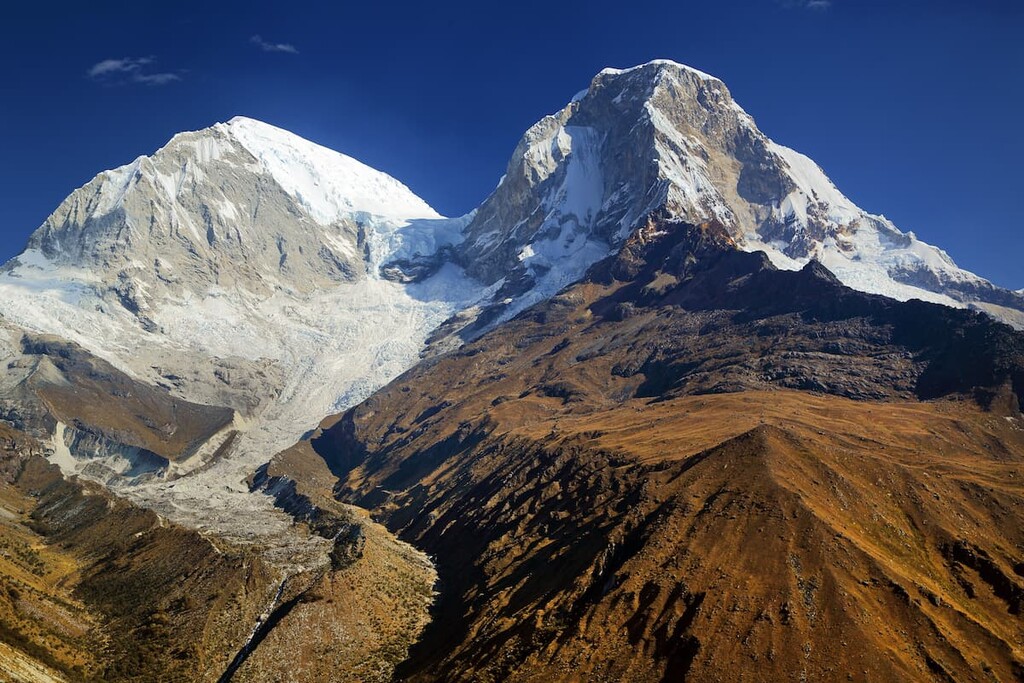
Aptly named, the Coast region of Peru contains the entire coastline of the country. This includes parts or all of Tacna, Moquegua, Arequipa, Ica, Lima, Callao, Provincia de Lima, Áncash, La Libertad, Lambayeque, Piura, and Tumbes regions.
The Coast region of Peru is by far the smallest of the country’s three distinct areas, occupying just about 10% of the total land area. Nevertheless, it is home to over half of the population.
Interestingly enough, the Coast region of Peru is a desert—the Sechura Desert, to be precise. This makes it one of the world’s few tropical deserts (Peru is just to the south of the equator).
What causes the Sechura Desert, you might ask? The answer lies in the Humboldt Current which causes an upwelling of cold waters off the coast of Peru and Chile. This cold water causes a cooling effect that results in extreme aridity, both in the Sechura Desert and the Atacama Desert to the south.
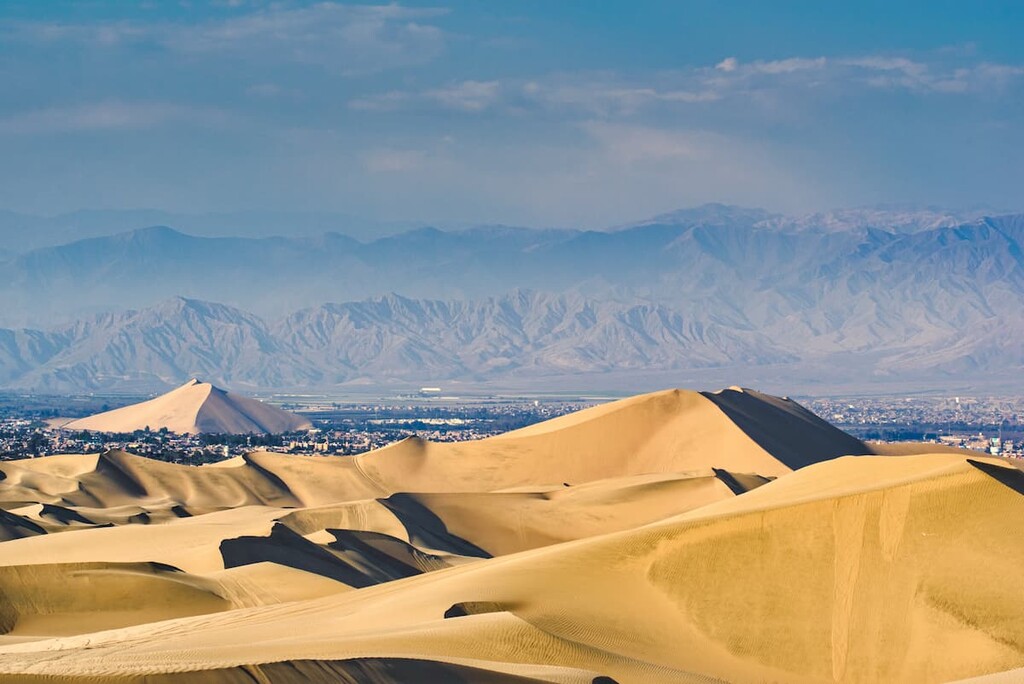
As it is the most densely populated region in the country, the Coast is relatively urbanized. Despite this, there are quite a few national parks and protected areas to check out in the region, such as:
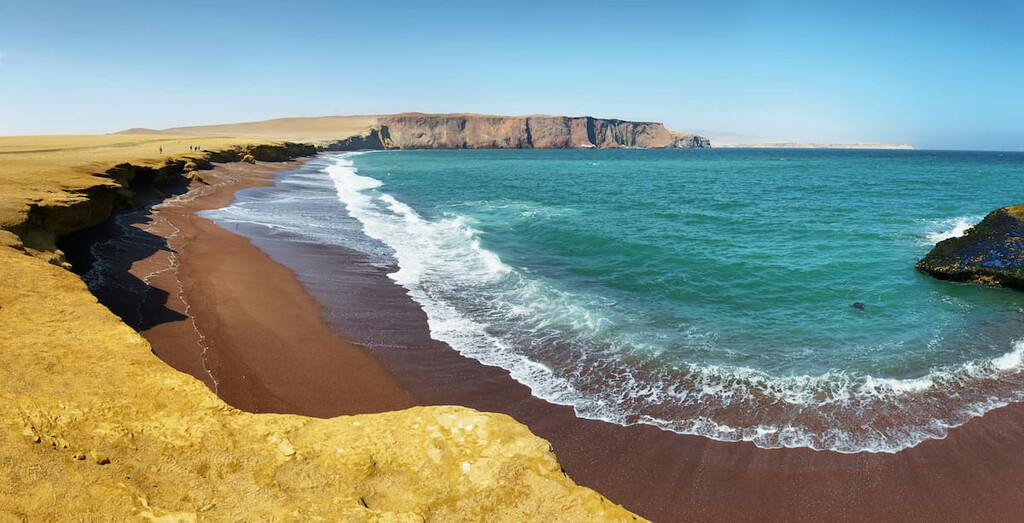
Covering the entire central section of Peru, the Andes region is home to the Peruvian Andes Mountains. This geographical region includes part or all of the Áncash, Cajamarca, La Libertad, Huánuco, Pasco, Junín, Huancavelica, Ayacucho, Apurímac, Puno, Cusco, San Martín, and Amazonas regions.

Although it is heavily mountainous, the Andes region is home to about one-third of Peru’s population. There are a number of subranges within this region, such as the Cordillera Blanca, the Volcanic Cordillera, the Cordillera Oriental, and the Altiplano, the latter of which is the Andean Plateau.
Within the Andes region, there are many, many protected areas. This includes a large number of national parks, reserves, and sanctuaries, such as:

Furthermore, the Andes region is home to a decent collection of wildlife refuges, landscape reserves, protection forests, and reserved zones, many of which offer plentiful hiking opportunities. Some of the most popular include:
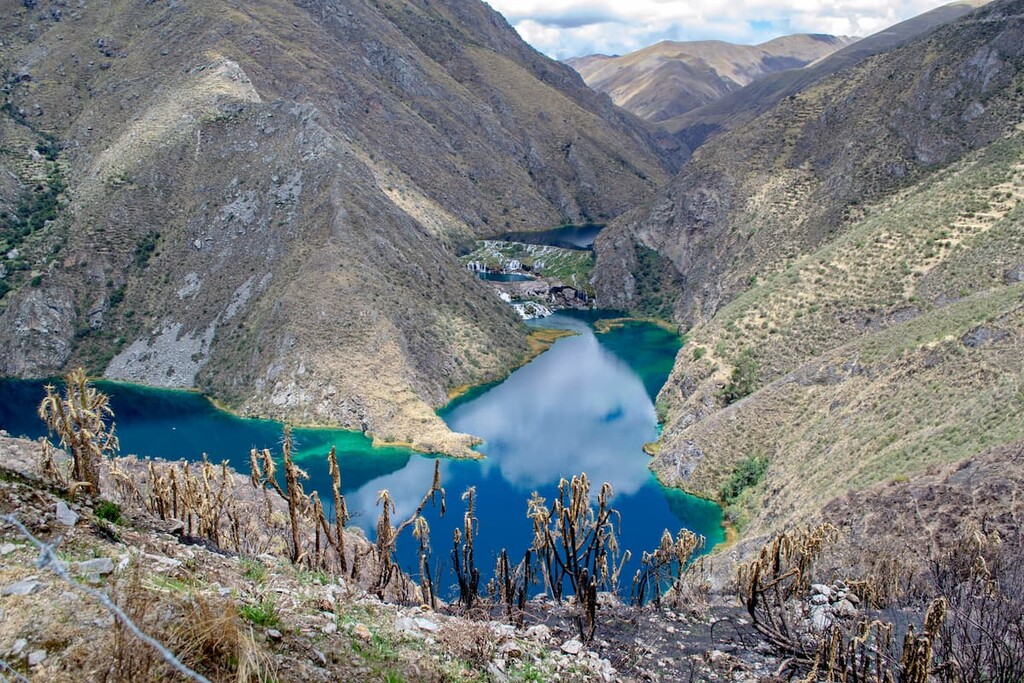
Additionally, the central park of Peru also contains a number of what are called “Communal Reserves (reserva comunal). These reserves are specially-designed conservation areas that also allow for traditional land use by local community members. Some of these communal reserves include:
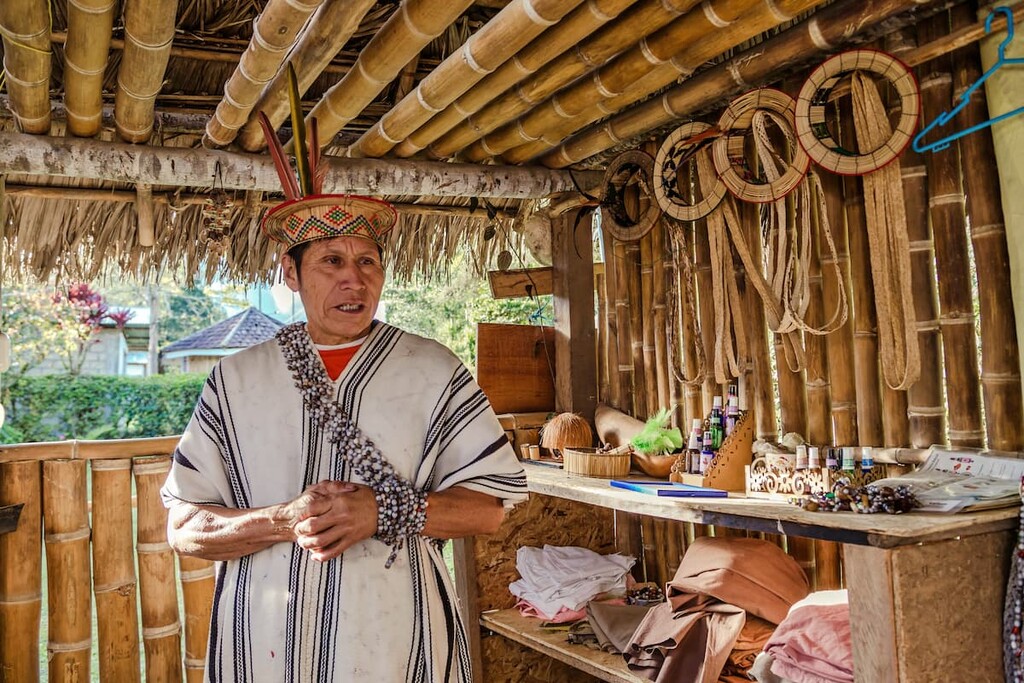
Finally, there are three very important historic sanctuaries (santuario históricos) located within the Andes region of Peru. These include:
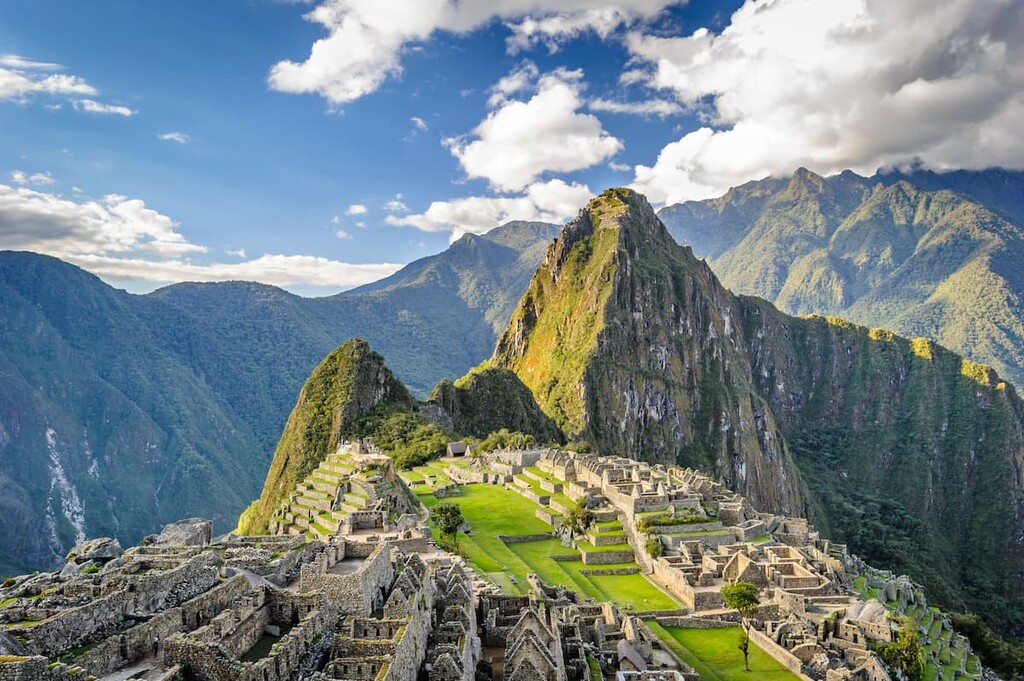
The innermost geographical region of Peru, the Amazon Basin encompasses some 60% of the country’s total land area but is home to only about 10% of its population. This geographical region includes the official regions of Loreto, Ucayali, and Madre de Dios and it is dominated by dense rainforests.
Peru’s Amazon Basin can be split up into two sub areas, the low-lying Selva Baja and the higher elevation Selva Alta. Here, the climate is hot and humid, just as one would expect in the Amazon Rainforest.

As much of this region is sparsely populated, a decent amount of it is protected in national parks, reserves, and sanctuaries, and as part of communal reserves. Some of the best known protected areas include:
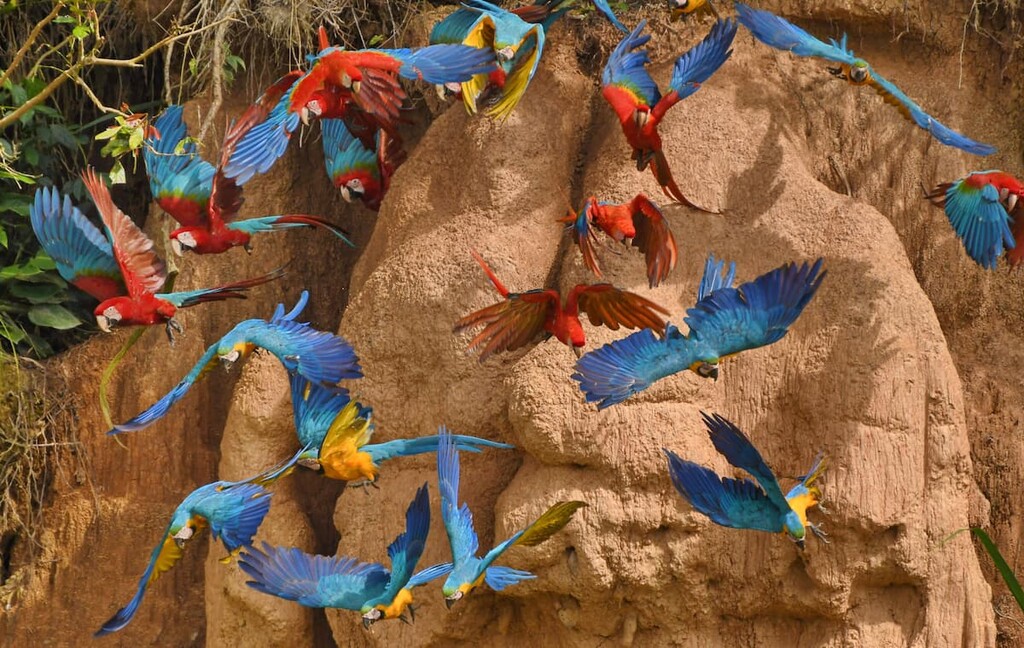
The most dominant geological feature in Peru is easily the Andes Mountains, which run across the center of the country from north to south.
One of the longest mountain ranges in the world, the Andes Mountains stretch from Colombia and Venezuela to the north all the way to Chile and Argentina to the south. They’re also part of the American Cordillera, which is a massive system of peaks that extends from South America all the way north to the Brooks Range in the US state of Alaska.
Geologically, the Andes Mountains formed as a result of widespread subduction of the Nazca Plate under the South American Plate. As a result of this subduction, the region also experienced widespread volcanism, which is evident throughout the many volcanoes both in Peru and throughout the rest of western South America.
Peru is also a highly mineral and resource-rich country, which has helped it grow its large mining industry. It ranks among the top five in the world when it comes to the producer of many mineral commodities, such as gold, lead, molybdenum, silver, tin, arsenic trioxide, and zinc.
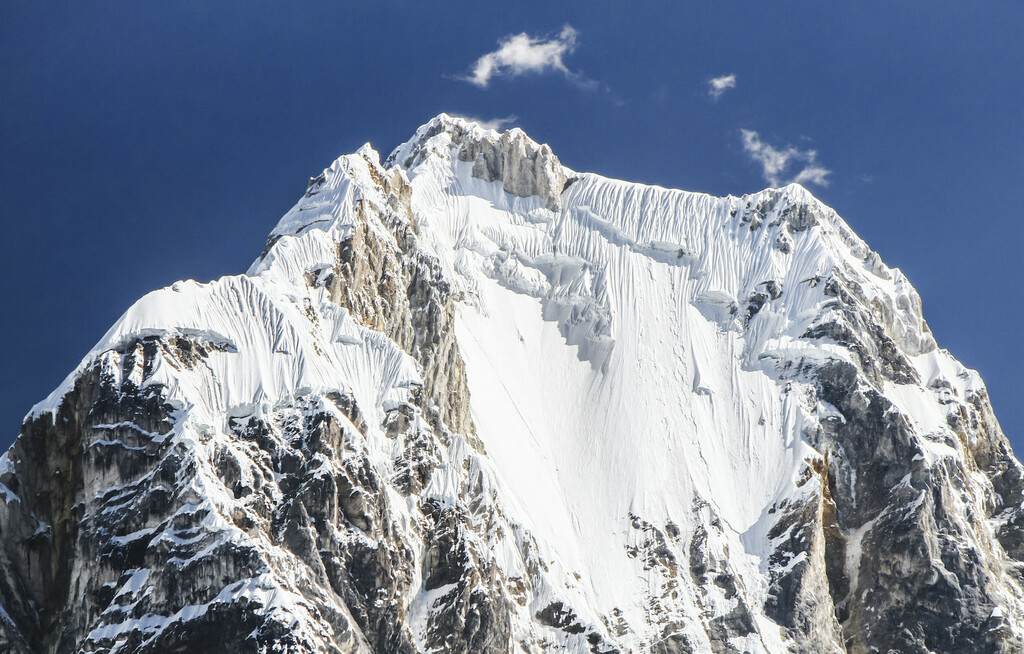
Major peaks in Peru include Huascarán Sur, Yerupajá, Volcán Coropuna, Huandoy, Huantsan, Ausangate, and Nevado Salkantay.
Peru is considered to be a very biodiverse country, thanks to its many ecoregions. Indeed, since the country contains desert, alpine, and tropical rainforests within its borders, Peru is home to an exceptional array of flora and fauna.
The coastal regions of peru are generally quite arid, so vegetation in this region is predominantly drought-resistant species, such as succulents. However, there are also some small mangroves in the northwestern part of the country.
Meanwhile, the rainforests of Peru are home to a whole slew of different plant species, including tree species such as mahogany, cedar, and rubber. Furthermore, the mountain regions of Peru are dominated by both montane forests below treeline and shrublands, such as the Cordillera Central páramo, above treeline.
Wildlife in Peru is abundant as there is believed to be over 1,800 species of birds, 300 species of reptiles, and 500 species of mammals living in the country. Some of the most notable species include mountain lions, jaguars, spectacled bears, vicuña, Andean mountain cats, jaguarundi, ocelots, margays, culpeo, maned wolves, and bush dogs.
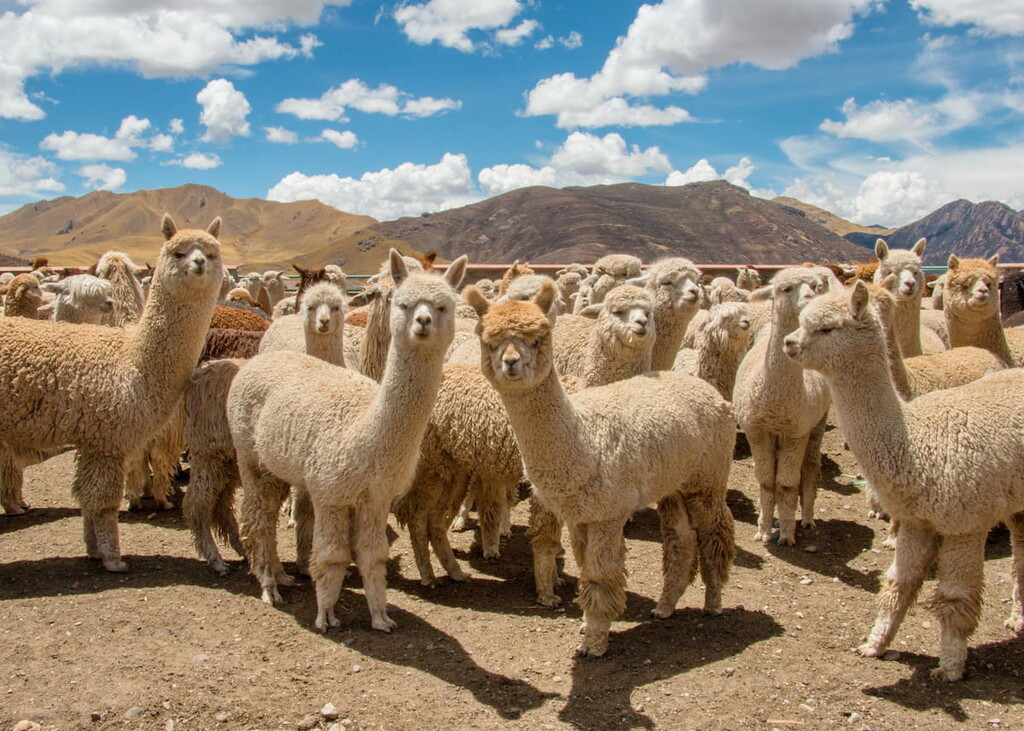
Humans have lived in the area that is now Peru for at least the last 10,000 years. Many of the oldest civilizations in the region were located along the coast, though a number of cultures developed in the highland regions around the Andes by around the first millennium BCE.
Over the millennia, the Incas established themselves as the dominant group throughout much of west-central South America. The Inca Empire reached its greatest extent around the sixteenth century and it had its capital in Cusco, not far from Machu Picchu, which is believed to have been built in the fifteenth century.
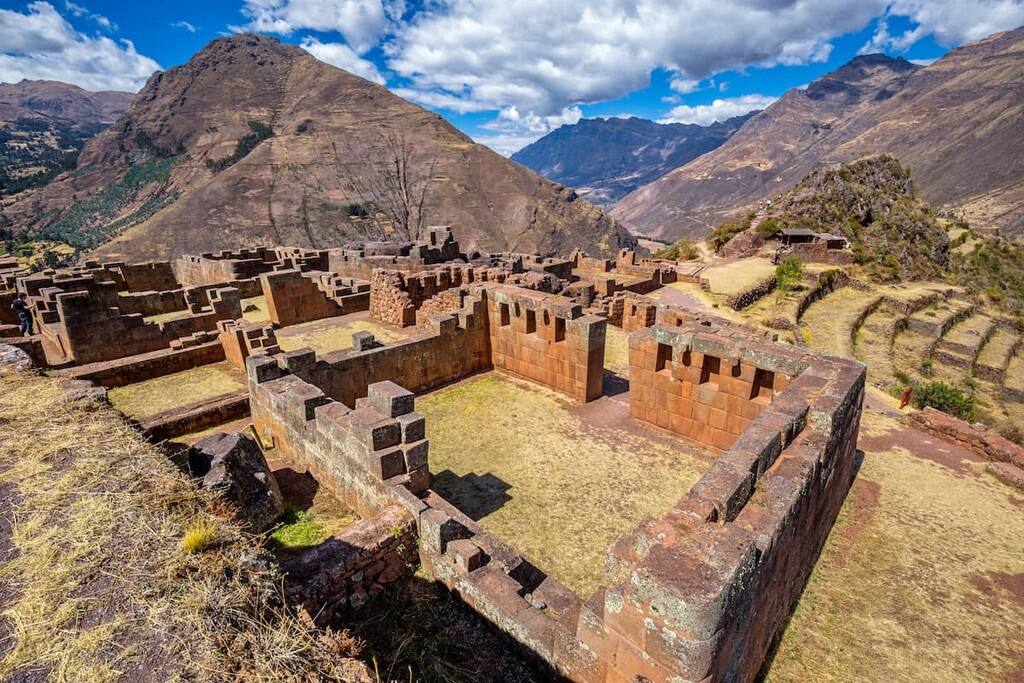
The first people of European descent to have arrived in what is now Peru were Spanish sailors who arrived in the 1530s. These sailors were enamored by the extensive empire that they found in the region though their arrival then caused the rapid spread of smallpox, which decimated the Incas and other Indigenous peoples in the region.
As a result of this smallpox epidemic, Francisco Pizarro of Spain was able to precipitate the fall of the already-weakened Inca Empire. Eventually, the Spanish re-established colonial settlements in places such as Cusco in order to assert their rule over the area. Spanish colonization of the area led to the widespread death of many of the Inca due to genocide and infectionus disease.
In the aftermath of the fall of the Inca Empire, the Spanish established the Viceroyalty of Peru, which continued until the early nineteenth century. Then, like the rest of South America, the people of Peru gained their independence in the early nineteenth century, though Spain technically did not recognize this independence until the 1870s.
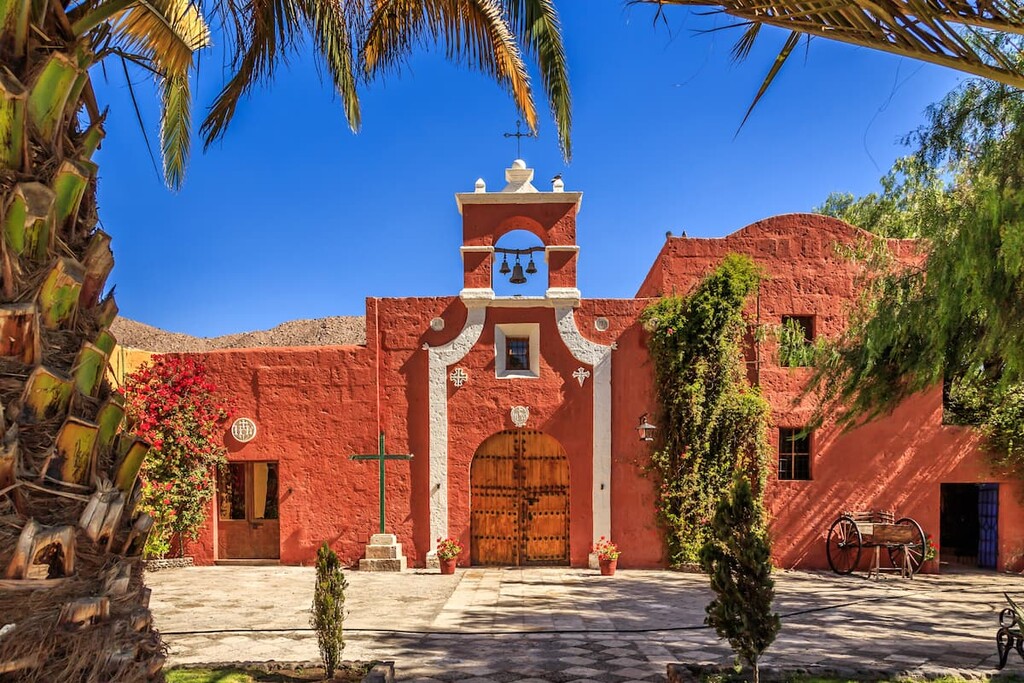
The years after independence were fairly tumultuous for Peru as the young country was engaged in frequent territorial disputes with its neighbors for many years.
Throughout the first century of its independence, Peru experienced a number of different governments that oscillated between both sides of the political spectrum. The country has also experienced long periods of military rule and a number of military coups d’état, though it signed a new constitution in the late 1970s to restore democratic elections.
These days, Peru has a rapidly growing economy, which was further expanded during a period of relative economic prosperity in the early part of the twenty-first century. The country’s economy is heavily supported by its exports and international trade, though tourism is becoming an increasingly important industry for Peru.
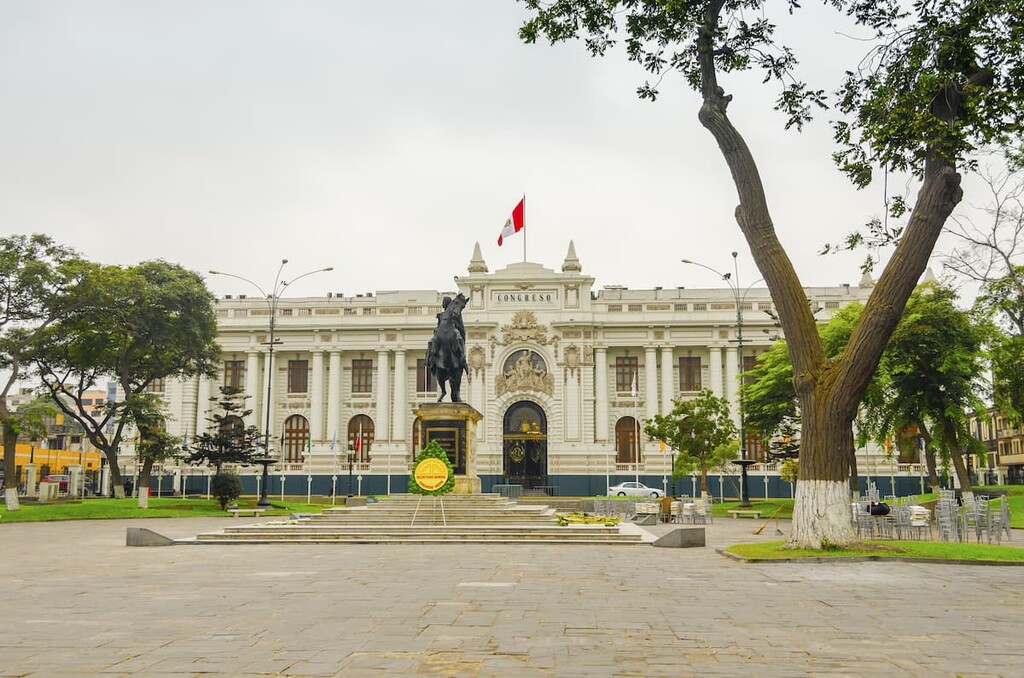
With tens of thousands of mountains and millions of hectares of sprawling rainforest, Peru is a true hiker’s paradise. Here are some of the most popular hiking destinations to check out in Peru:
Easily the most famous destination in Peru, the Machu Picchu Historic Sanctuary (Santuario histórico de Machu Picchu) is home to the remains of an immaculately preserved Incan citadel. Within the park there are also 17 named mountains the highest and most prominent of which is Nevado Salkantay.
It is one of South America’s most important cultural sites as it was abandoned for unknown reasons by the Incas sometime during the fifteenth century. Furthermore, the Spanish never found Machu Picchu throughout their hundreds of years of colonial rule over what is now Peru, making the fact that it has survived the citadel survived in its current condition ever the more surprising.
The vast majority of people who visit Machu Picchu reach the city by foot or by train from Cusco. In recent years, the Peruvian government has instituted regulations over tourism to Machu Picchu due to overcrowding.
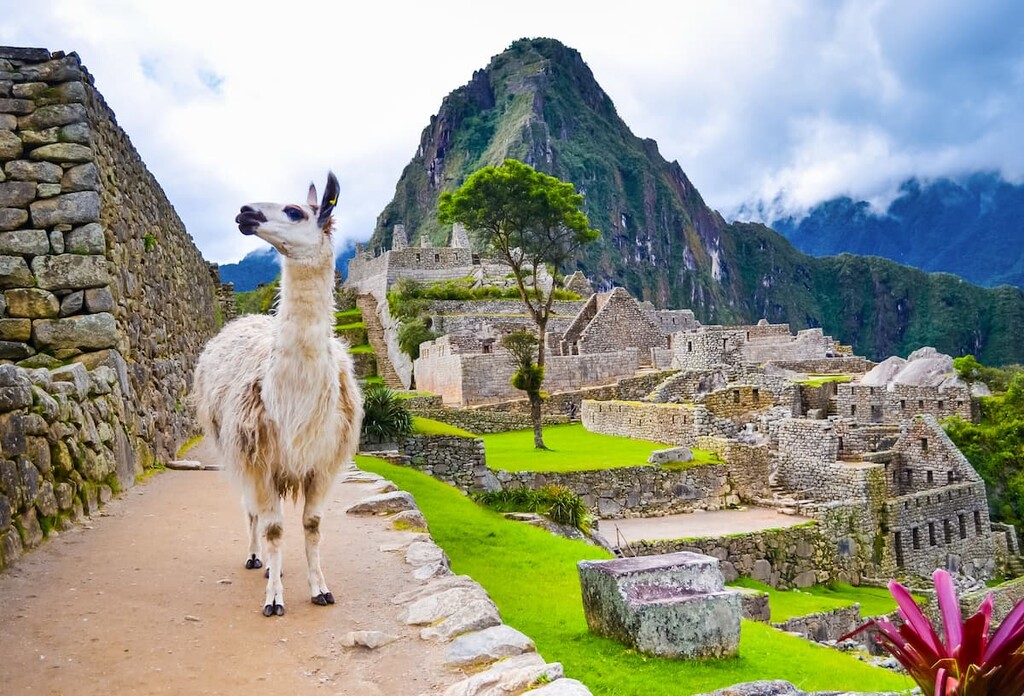
Therefore, if you hope to visit the city, be sure to reserve your permit well in advance if you hope to hike the Inca Trail. It’s also worth noting that you can take a trail most of the way to the site either with Peru Rail or Inca Rail. Nevertheless, you will still need entrance tickets, which you can get directly from the Ministry of Culture.
Home to the highest peak in Peru and some of its most rugged mountainscapes, Huascarán National Park (Parque nacional Huascarán) is a world-class hiking destination. The park contains 122 named mountains, the highest and most prominent of which is Huascarán Sur.
Huascarán is also a UNESCO World Heritage Site as it has been home to humans for tens of thousands of years. Currently, however, the park is best known as a mountaineering destination, thanks to its many lofty and snow-capped peaks.
In addition to mountaineering on Huascarán Sur and its surrounding peaks, the park is also a popular destination for trekking, thanks to its more than two dozen designated trekking routes. There are also more than 30 archaeological sites in the park, so there’s something for everyone to enjoy at Huascarán.
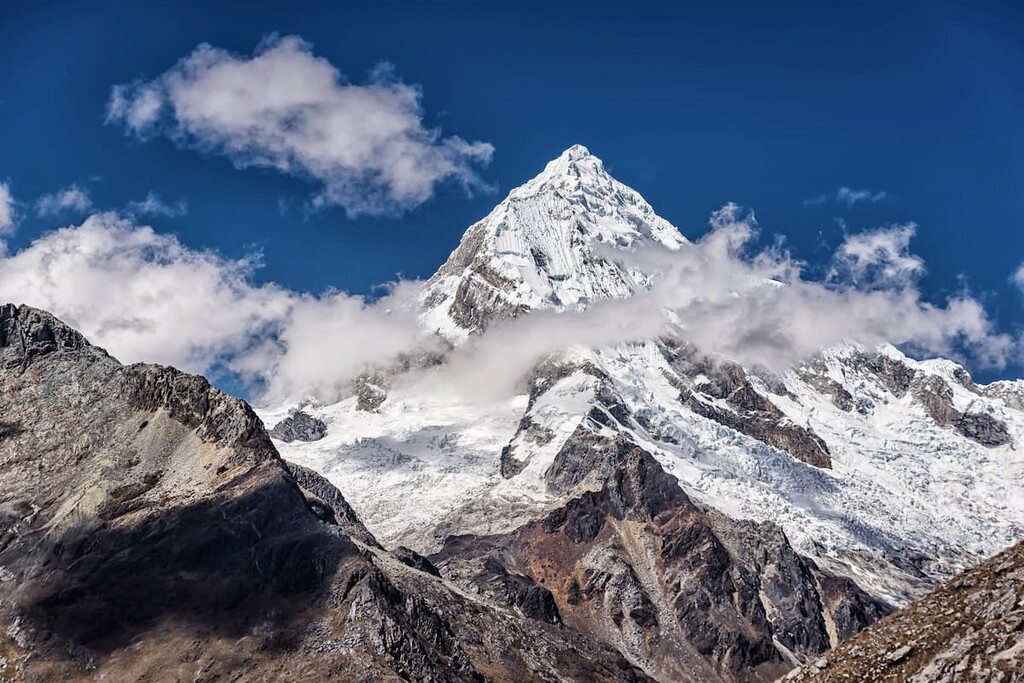
A UNESCO World Heritage Site and federally-protected area, Manú National Park (Parque nacional Manú) is a massive park located in Peru’s Amazon Basin. The park contains about 1,909,800 ha (4719218 acres) of land in the Madre de Dios region.
Manu is a very popular tourist attraction for visitors looking to experience the beauty and diversity of Peru’s rainforests. Visitors to the region can often see some of the Amazon’s most elusive wildlife, which is sure to be a treat. There are also quite a few lodges located within the park, which make for great places to stay during your visit.
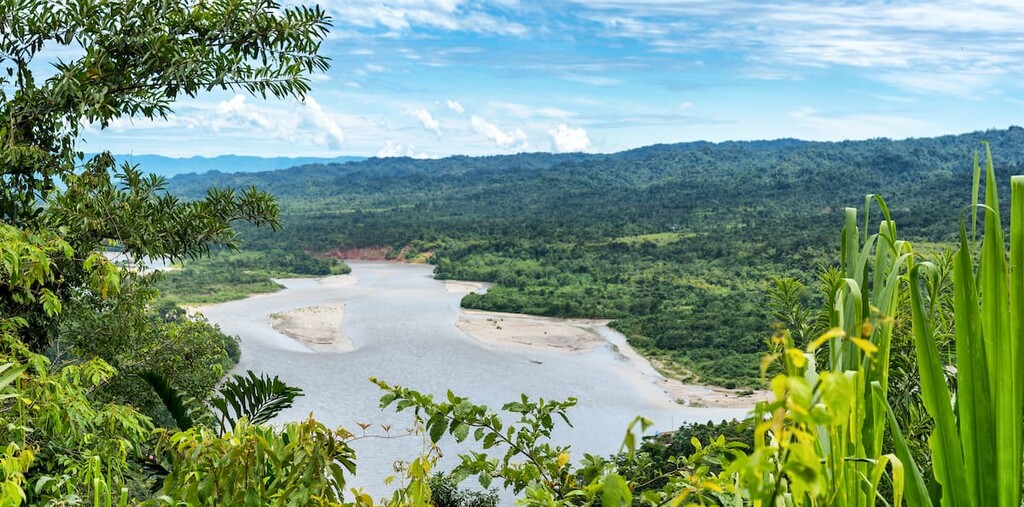
Looking for a place to stay during your trip to Peru? Here are some of the top cities to check out in the country:
The capital and most populous city in Peru, Lima is home to some 9 million people. In fact, it is the second largest city in either North or South America, trailing just behind São Paulo in Brazil, yet leading Mexico City in Mexico by a few hundred thousand residents.
Lima is the commercial and cultural center of Peru as it is home to nearly one-third of the country’s total population. It is also an important hub for education in the region as it is the site of the National University of San Marcos (Universidad Nacional Mayor de San Marcos), which was founded in 1551, putting it at about the same age as the University of Edinburgh in Scotland.
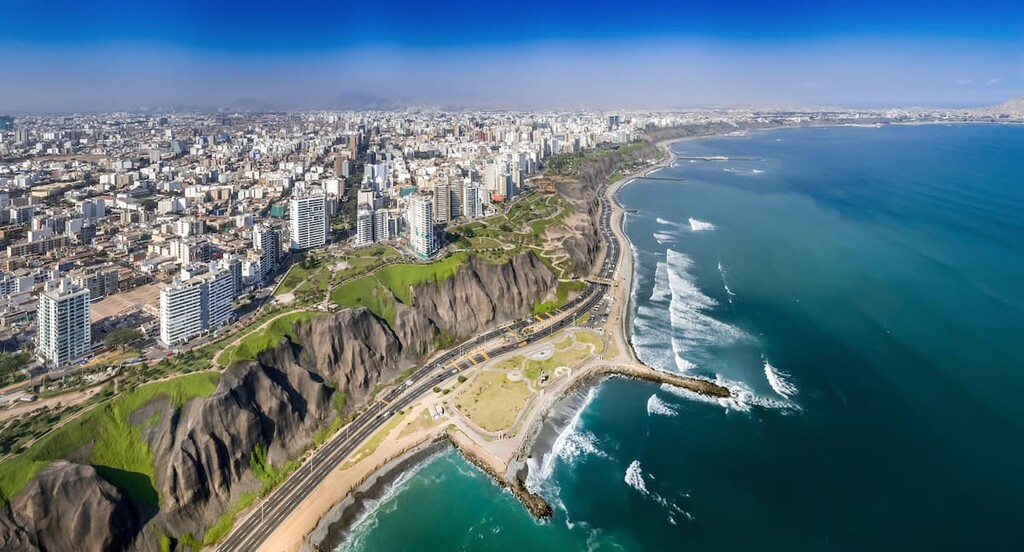
The city is easy to get to by road, train, and air, as it has an extensive highway network, good public transportation, and the largest airport in the country. Therefore, it’s a great place to start your travels in Peru.
One of Peru’s most famous cities, Cusco is located in the heart of the Andes in the southern part of the country. Cusco is home to about 430,000 residents and it is a designated UNESCO World Heritage Site, as it had served as the capital of the Inca Empire until the time of the Spanish conquest.
The city is perhaps best known as being the starting point for most visits to Machu Picchu. Although many people now choose to take the train to Machu Picchu, it can still be reached on foot from Cusco on the Inca Trail (Camino Inca a Machu Picchu), though all trekkers on the trail must have a permit and must be accompanied by a guide.
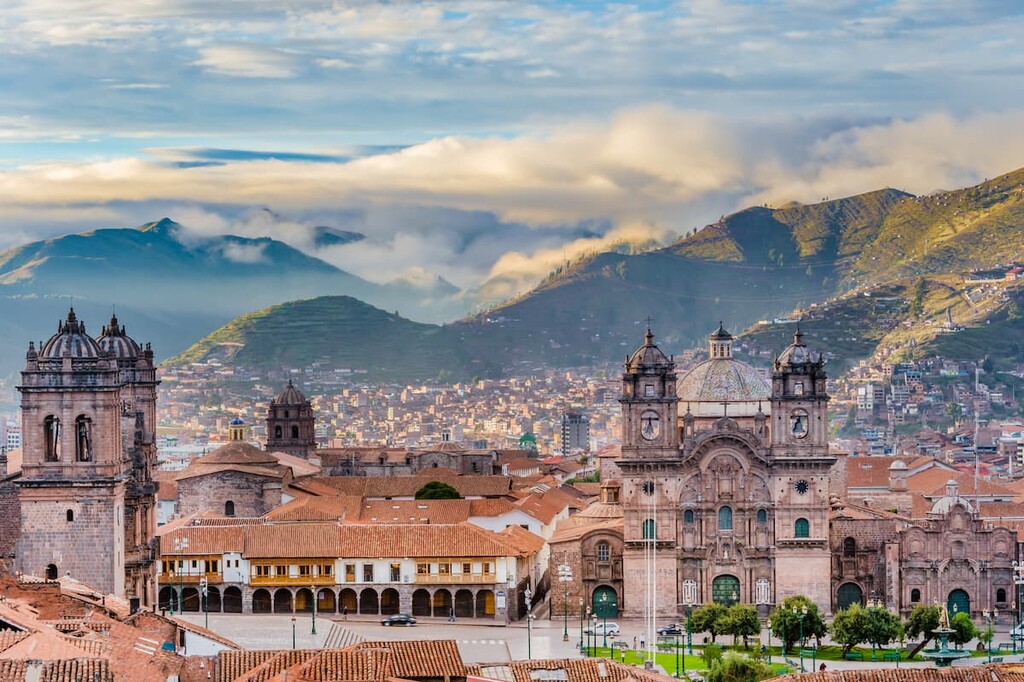
The second largest city in Peru with some 1 million residents, Arequipa is located in the southern coastal region of the country. It has long been an important center for commerce and industry in Peru.
Furthermore, the Old town center of Arequipa is a UNESCO World Heritage Site due to its colonial architecture and religious monuments. It is also relatively easy to get to by road, train, and air from both Lima and other major cities in the area.
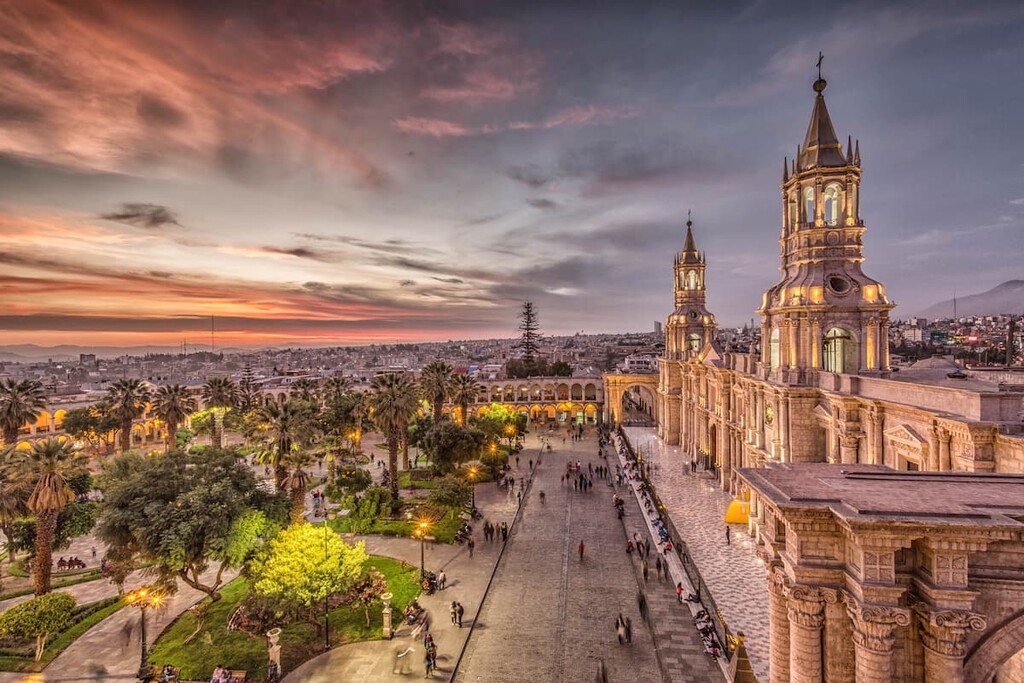
Located in the coastal part of northwestern Peru, the city of Trujillo is the third most populous metropolitan area in the country. It is home to about 900,000 people who live along the banks of the Moche River.
Trujillo is known for its many festivals and cultural sites. In fact, it is located very close to Chan Chan, a massive archaeological site that is also a designated UNESCO World Heritage Site. The city is also home to its own collection of unique buildings and nice beaches, both of which help draw tourists to the area.
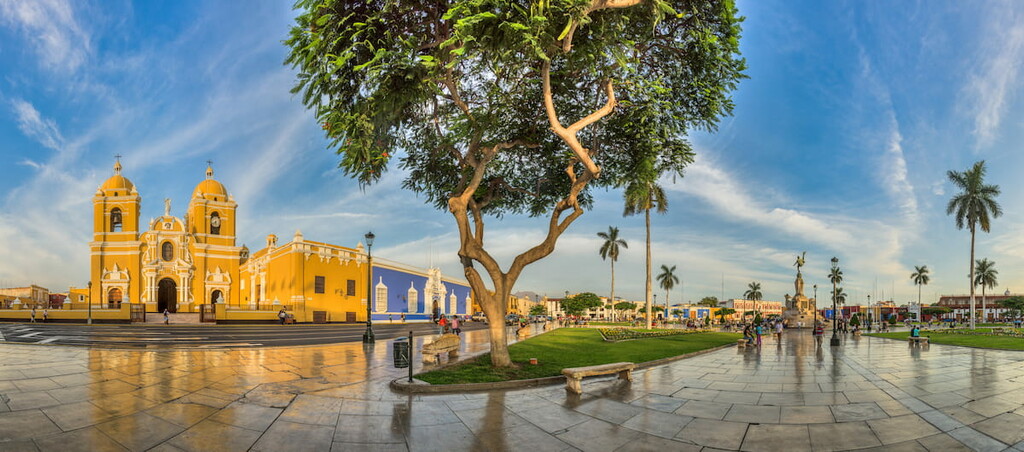
Explore Peru with the PeakVisor 3D Map and identify its summits.








ultra
andes-6000ers
cordillera-blanca-5500ers
peru-ultras
ultra
andes-6000ers
cordillera-blanca-5500ers
peru-ultras
ultra
andes-6000ers
cordillera-blanca-5500ers
peru-ultras
ultra
andes-6000ers
cordillera-blanca-5500ers
peru-ultras
ultra
volcano
andes-6000ers
peru-ultras
